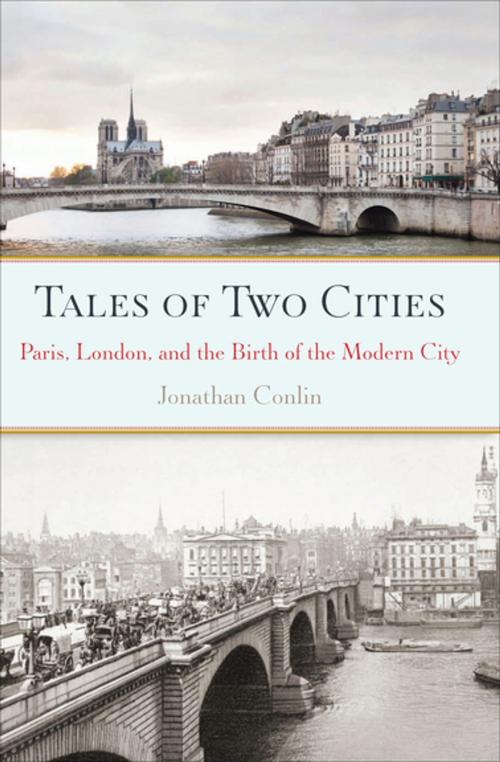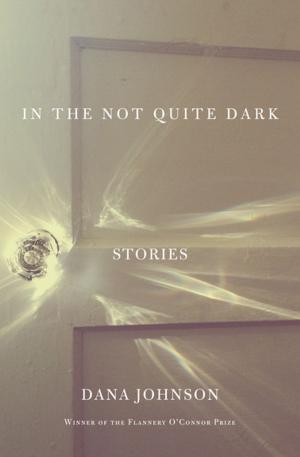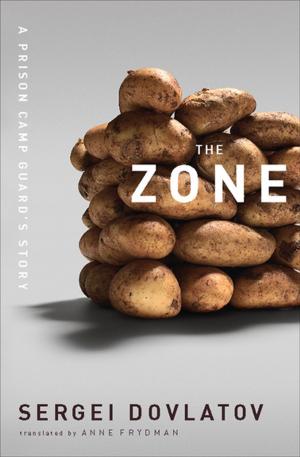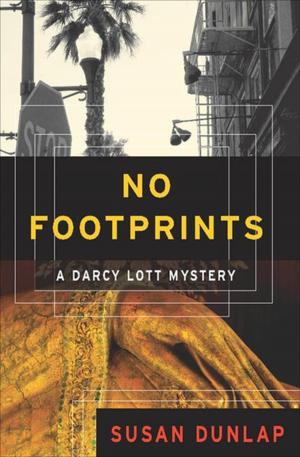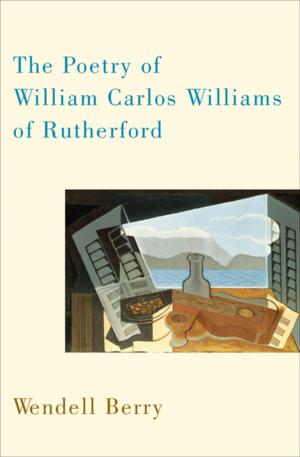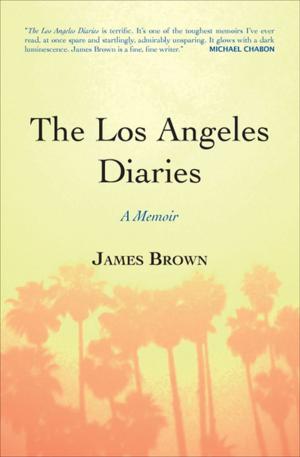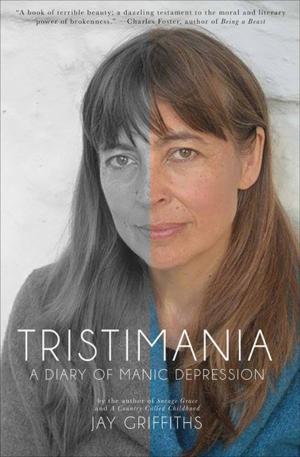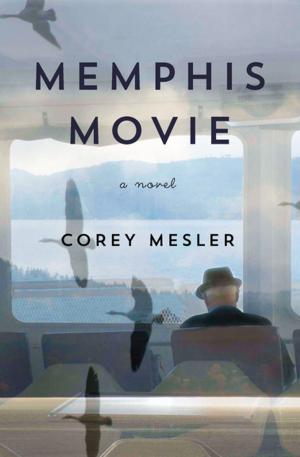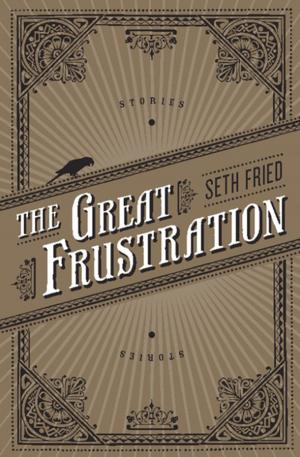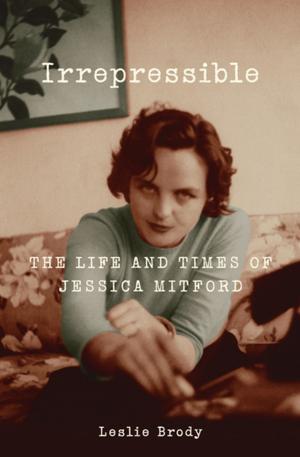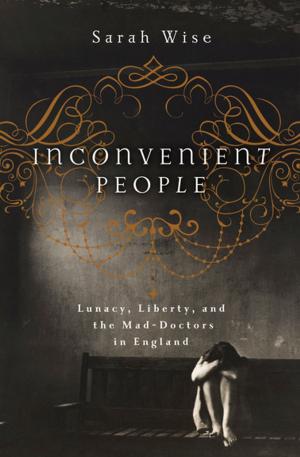Tales of Two Cities
Paris, London, and the Birth of the Modern City
Nonfiction, Art & Architecture, Architecture, Planning, History, France, British| Author: | Jonathan Conlin | ISBN: | 9781619022638 |
| Publisher: | Counterpoint Press | Publication: | October 21, 2013 |
| Imprint: | Counterpoint | Language: | English |
| Author: | Jonathan Conlin |
| ISBN: | 9781619022638 |
| Publisher: | Counterpoint Press |
| Publication: | October 21, 2013 |
| Imprint: | Counterpoint |
| Language: | English |
This dual history of dueling capitals is “full of unexpected facts . . . Conlin’s case studies of possible cultural exchange are both concise and entertaining” (New York Times Book Review).
Paris and London have long held a mutual fascination, and never more so than in the period 1750-1914, when they vied to be the world’s greatest city. Each city has been the focus of many books, yet Jonathan Conlin here explores the complex relationship between them for the first time. The reach and influence of both cities was such that the story of their rivalry has global implications. By borrowing, imitating and learning from each other Paris and London invented the true metropolis.
Tales of Two Cities examines and compares five urban spaces—the pleasure garden, the cemetery, the apartment, the restaurant and the music hall—that defined urban modernity in the nineteenth century. The citizens of Paris and London first created these essential features of the modern cityscape and so defined urban living for all of us.
This dual history of dueling capitals is “full of unexpected facts . . . Conlin’s case studies of possible cultural exchange are both concise and entertaining” (New York Times Book Review).
Paris and London have long held a mutual fascination, and never more so than in the period 1750-1914, when they vied to be the world’s greatest city. Each city has been the focus of many books, yet Jonathan Conlin here explores the complex relationship between them for the first time. The reach and influence of both cities was such that the story of their rivalry has global implications. By borrowing, imitating and learning from each other Paris and London invented the true metropolis.
Tales of Two Cities examines and compares five urban spaces—the pleasure garden, the cemetery, the apartment, the restaurant and the music hall—that defined urban modernity in the nineteenth century. The citizens of Paris and London first created these essential features of the modern cityscape and so defined urban living for all of us.
